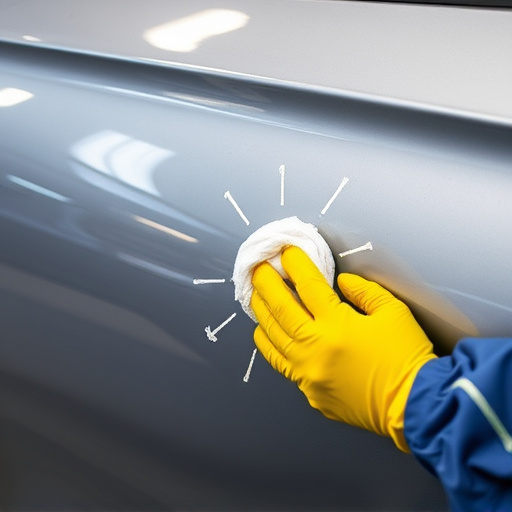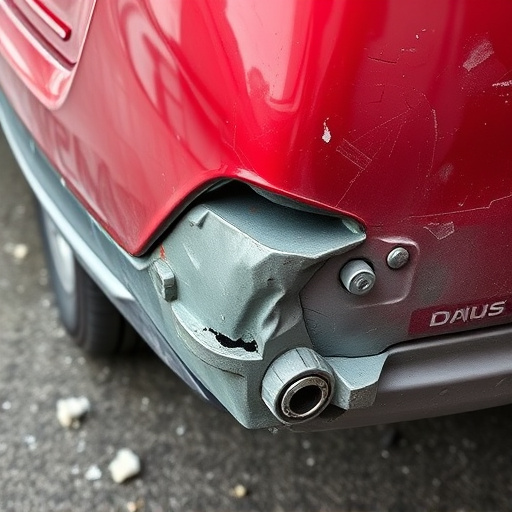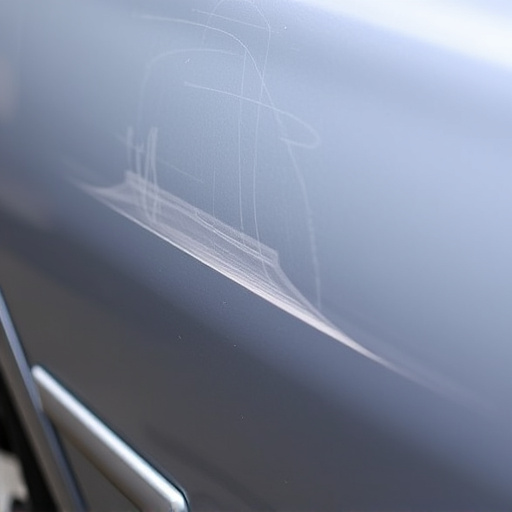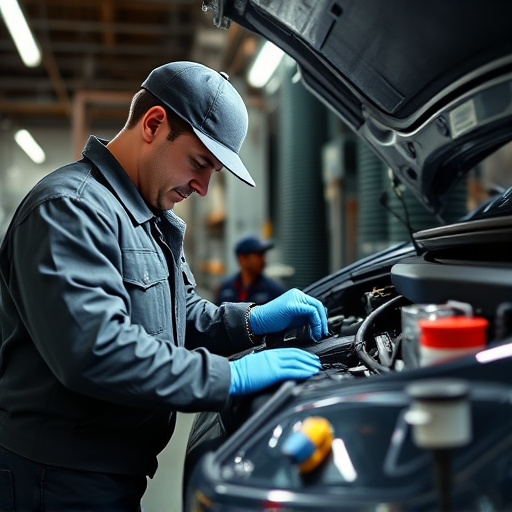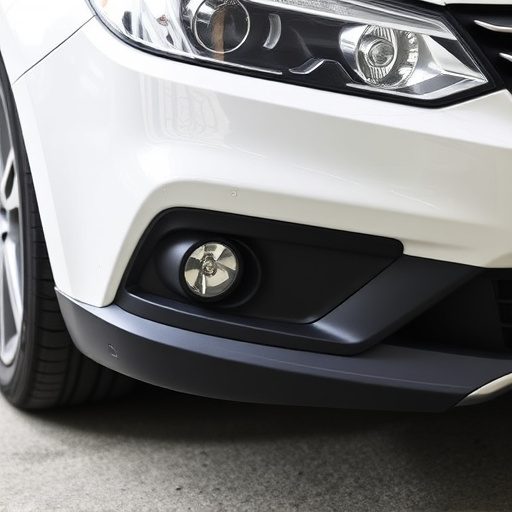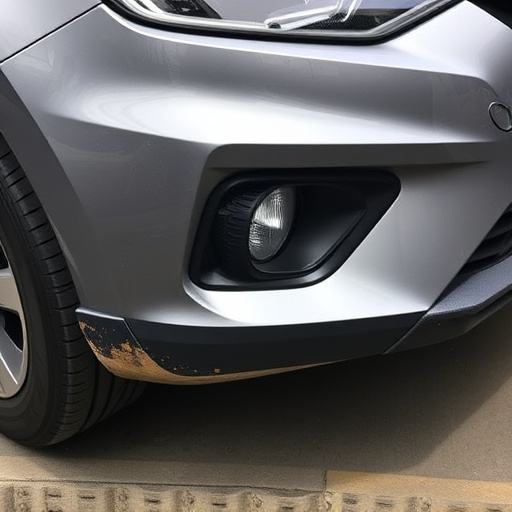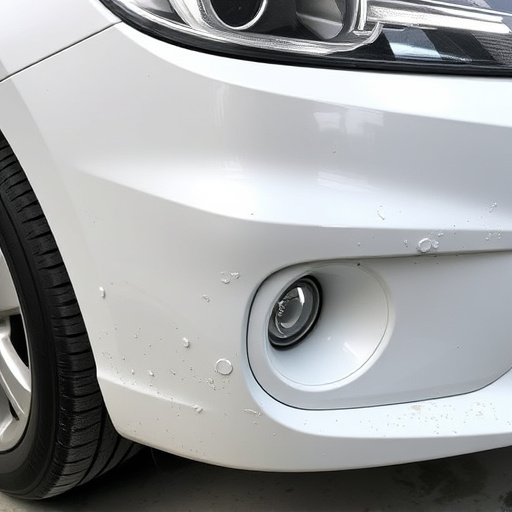The Mercedes High-Voltage Disconnect (HVD) is a safety system that isolates high-voltage components during collisions or maintenance, minimizing electrical risks and protecting occupants and vehicle electronics from harm, especially crucial for electric drive vehicles' complex architectures. It streamlines repairs like dent services, enhancing safety and efficiency, and encourages electric mobility adoption by addressing key concerns.
Mercedes has pioneered a groundbreaking safety feature in its high-voltage disconnect system, revolutionizing electric vehicle (EV) technology. This innovative mechanism is designed to prevent accidental electrical discharge, ensuring the safety of drivers and bystanders. By isolating the high-voltage battery from the rest of the system under certain conditions, the Mercedes High-Voltage Disconnect (HVD) minimizes risks associated with EV maintenance and repair. This article explores how this cutting-edge technology safeguards users while offering enhanced peace of mind.
- Understanding Mercedes High-Voltage Disconnect System
- How It Prevents Accidental Electrical Discharge
- Benefits and Safety Features of This Technology
Understanding Mercedes High-Voltage Disconnect System
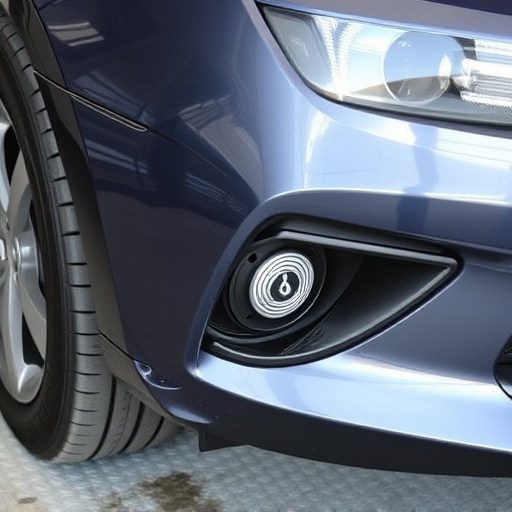
The Mercedes High-Voltage Disconnect (HVD) system is a revolutionary safety feature designed to protect both passengers and vehicle electronics from the dangers of high voltage. This advanced mechanism operates as an intelligent barrier, strategically isolating high-voltage components during certain events, such as car collisions or maintenance procedures. By doing so, it minimizes the risk of accidental electrical discharge, which could cause severe harm or damage to sensitive systems.
This innovative system is particularly crucial in modern vehicles with complex electrical architectures. With increasing electrification, vehicles are becoming more reliant on high-voltage power trains and batteries. The HVD acts as a guardian, ensuring that these powerful sources remain contained and under control. When triggered, it swiftly disconnects the high-voltage network, preventing any potential energy release. This not only facilitates safer vehicle repair services and car collision repairs but also streamlines auto glass repair processes by reducing the complexity of handling high-risk electrical components.
How It Prevents Accidental Electrical Discharge
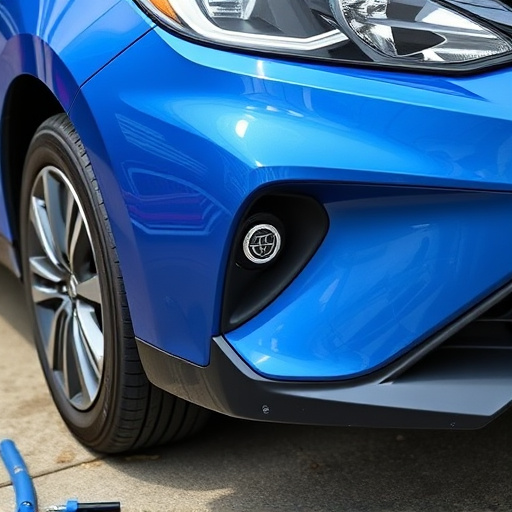
The Mercedes High-Voltage Disconnect is a sophisticated safety mechanism designed to prevent accidental electrical discharge in vehicles equipped with electric drive systems. This innovative component plays a crucial role in ensuring the well-being of both drivers and passengers, as well as maintaining the integrity of the vehicle’s electrical components.
When an external force, such as a collision or a sudden impact, is detected, the high-voltage disconnect swiftly isolates the high-voltage battery from the rest of the electrical system. This separation prevents any potential spark or electric arc from occurring, which could lead to catastrophic failure or even a fire. By effectively cutting off power to non-essential systems during such events, it acts as a safeguard against accidental electrocution and protects sensitive auto parts, including those involved in tire services and dent repair. Moreover, this feature reduces the risk of damage to the vehicle’s electrical architecture, ensuring that your visit to an auto repair shop is for regular maintenance rather than emergency repairs caused by short circuits.
Benefits and Safety Features of This Technology

The Mercedes High-Voltage Disconnect (HVD) is a groundbreaking technology that offers numerous benefits and safety features for modern vehicles, particularly electric and hybrid cars. One of its key advantages is the prevention of accidental electrical discharge, which can be a significant hazard in high-voltage systems. This innovative system acts as a safeguard, ensuring that the vehicle’s battery remains isolated from external circuits when necessary, thus minimizing the risk of electrocution for service technicians or bystanders during dent repair or other automotive repair procedures.
By integrating this technology, Mercedes enhances the overall safety of its vehicles and sets a new standard in the automotive industry. The HVD system provides peace of mind, especially during complex car bodywork services, as it allows professionals to work on high-voltage components with reduced risks. This advanced feature not only simplifies the diagnostic and repair process but also encourages the widespread adoption of electric mobility by addressing one of its primary safety concerns.
Mercedes’ high-voltage disconnect system represents a significant advancement in automotive safety, specifically designed to prevent accidental electrical discharges. By isolating high-voltage components during service or repair, this technology mitigates risks associated with working on electric vehicle (EV) systems. The benefits are clear: enhanced safety for technicians and improved reliability for EV owners. This innovative feature is a game-changer in the industry, ensuring that navigating the complex landscape of high-voltage systems becomes less daunting and more secure.

